The CAGED System Demystified: How to Play any Chord on Guitar
Building on the fingering patterns of the first chords, the CAGED system is a proven way to teach beginners chords in other keys across the entire fretboard. The name of this concept comes from the five basic major chords with open strings. At the same time, it also conveys their sequence on the fretboard when learning this method. In today’s workshop, I’ll explain the basics of the CAGED system and also give you an insight into how you can apply this method to advanced improvisation exercises.
Before you can learn the CAGED system, you should be able to play barre chords.
Introduction to the CAGED system for Guitar
As mentioned at the beginning, the CAGED system is based on the five open string major chord shapes, which are:
- C major · Source: Remise 3
- A major · Source: Remise 3
- G major · Source: Remise 3
- E major · Source: Remise 3
- D major · Source: Remise 3
To begin, it is important to understand where the root note is in each fingering. For C major and A major, the root is on the A string, for G major and E major, it’s on the E string, and finally the D string for D major.
By the way, this knowledge is also absolutely essential with regard to chord accompaniment. If you don’t pay attention to where the root notes are, you run the risk of playing chords with incorrect bass notes, which can result in a muddy sound, especially if other instruments are involved. The fingered root note is marked in red in all diagrams.
Having mastered this task, it is now a matter of gradually learning the notes of the three bass strings, which, by the way, can be combined quite well with learning the CAGED system.
Here’s an overview of all notes on the three lowest strings on the guitar.
The idea is to move the fingerings of the five basic chords like templates across the fretboard in order to be able to play specific chords in different inversions.
As we will see in the following practical examples, most major chords must be fingered as barre chords. Since this requires the index finger of the left hand, the basic fingerings, which I’ll refer to as “types” from now on, also change. In the following section, we’ll learn the basics of the method using the C major chord and will try to play it using all five major types.
How to use the CAGED system on Guitar
Let’s begin with the familiar C major open-string fingering. The root note is on the A-string and is played with the third finger (ring finger). Next comes the A type. Here the first finger takes over the fingering of the same root note on the A string and is also responsible for the barre. The A shape is fingered with the second, third, and fourth fingers on the fifth fret.
We have now “recycled” another basic chord shape (A major) in order to be able to play the desired chord (C major) in another inversion. So let’s expand this method to the other three shapes.
Next up is the G type. You’ll probably end up using this variant less frequently because it is somewhat uncomfortable to play. Nevertheless, it shouldn’t be missing for the sake of completeness. The root note of this fingering is on the E string, which puts it on the eighth fret for C major. Now we have to place a barre on the fifth fret and then finger the chord shape with the third, second, and fourth fingers.
On to the E type. We continue to use the root on the 8th fret of the E string. This barre fingering is probably already familiar to you.
The D type concludes the sequence. Here we look for the root note on the D string, which is on the 10th fret for C major. In this case, we can do without a barre, but we still have to change the fingering.
Applying the CAGED system to other chords
Of course, you can also start with any other of the five chord shapes and apply the system to all other major chords in our tonal system. For all chords except C major, the C type also appears in a barre version.
This is what the five fingerings would look like for A major.
- A major – Position 1 (A type) · Source: Remise 3
- A major – Position 2 (G type) · Source: Remise 3
- A major – Position 3 (E type) · Source: Remise 3
- A major – Position 4 (D type) · Source: Remise 3
- A major – Position 5 (C type) · Source: Remise 3
Once you understand the principle, all you have to do is find the root note on the respective string and then apply the template.
CAGED System for minor chords
The CAGED system also works for minor chords; however, there are fewer shapes available. The E minor, D minor and A minor types are the best ones to use here. Here’s an example based on an F minor chord.
- F minor – Position 1 (E minor type) · Source: Remise 3
- F minor – Position 2 (D minor type) · Source: Remise 3
- F minor – Position 3 (A minor type) · Source: Remise 3
You can also apply this principle to seventh chords that are derived from the basic chord shapes.
This is what a CMaj7 chord looks like using the A type.
Expanding on the concept, you can also look at the scale degrees of the other notes within each chord type and learn to name them. This way, the chord shapes that emerge from the CAGED system can also serve as an orientation aid for finding important chord notes, for example in guitar solos.
To illustrate this, I have plotted all the CAGED fingerings of the C major chord on a fretboard and labeled each note with its scale degree.
In this context, the five CAGED positions can also be linked to the five positions of the major scale or pentatonic scale, as illustrated here.
- C major pentatonic – Position 2 (CAGED: G type) · Source: Remise 3
- C major pentatonic – Position 1 (CAGED: A type) · Source: Remise 3
- C major pentatonic – Position 3 (CAGED: E type) · Source: Remise 3
- C major pentatonic – Position 4 (CAGED: D type) · Source: Remise 3
- C major pentatonic – Position 5 (CAGED: C type) · Source: Remise 3
Guitar Chords: Further Reading

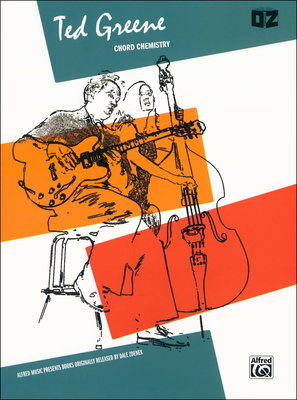

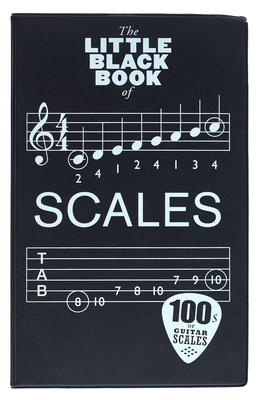

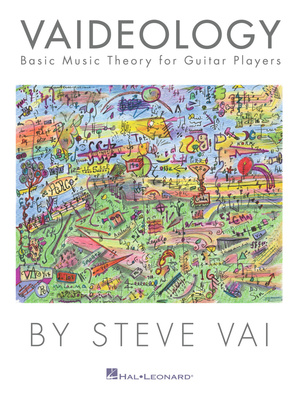

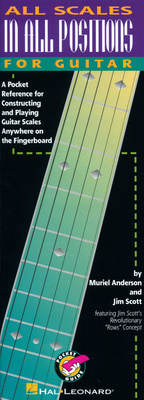

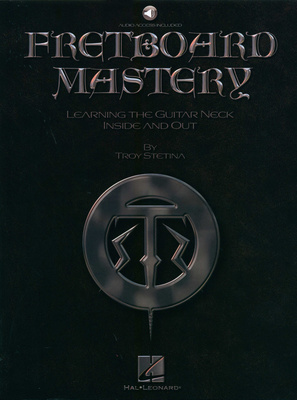
More Guitar Tips for Beginners
- How to remember guitar scales
- Is guitar theory hard? Unlocking the secrets of your instrument
- Best guitar for beginners: Acoustic or electric?
Note: This article was originally published in German on bonedo.de.
Note: This post contains affiliate links and/or widgets. When you buy a product via our affiliate partner, we receive a small commission that helps support what we do. Don’t worry, you pay the same price. Thanks for your support!
4 responses to “The CAGED System Demystified: How to Play any Chord on Guitar”

 4,4 / 5,0 |
4,4 / 5,0 | 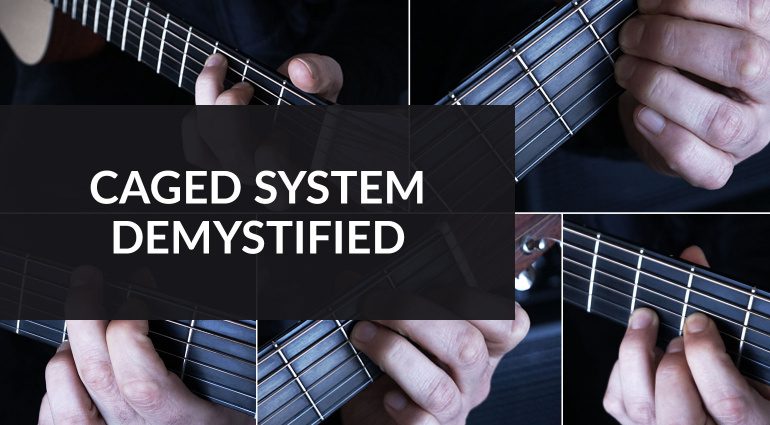

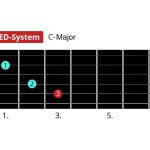
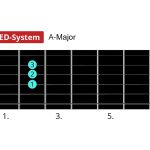
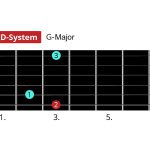
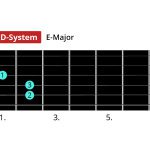
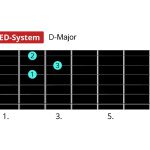
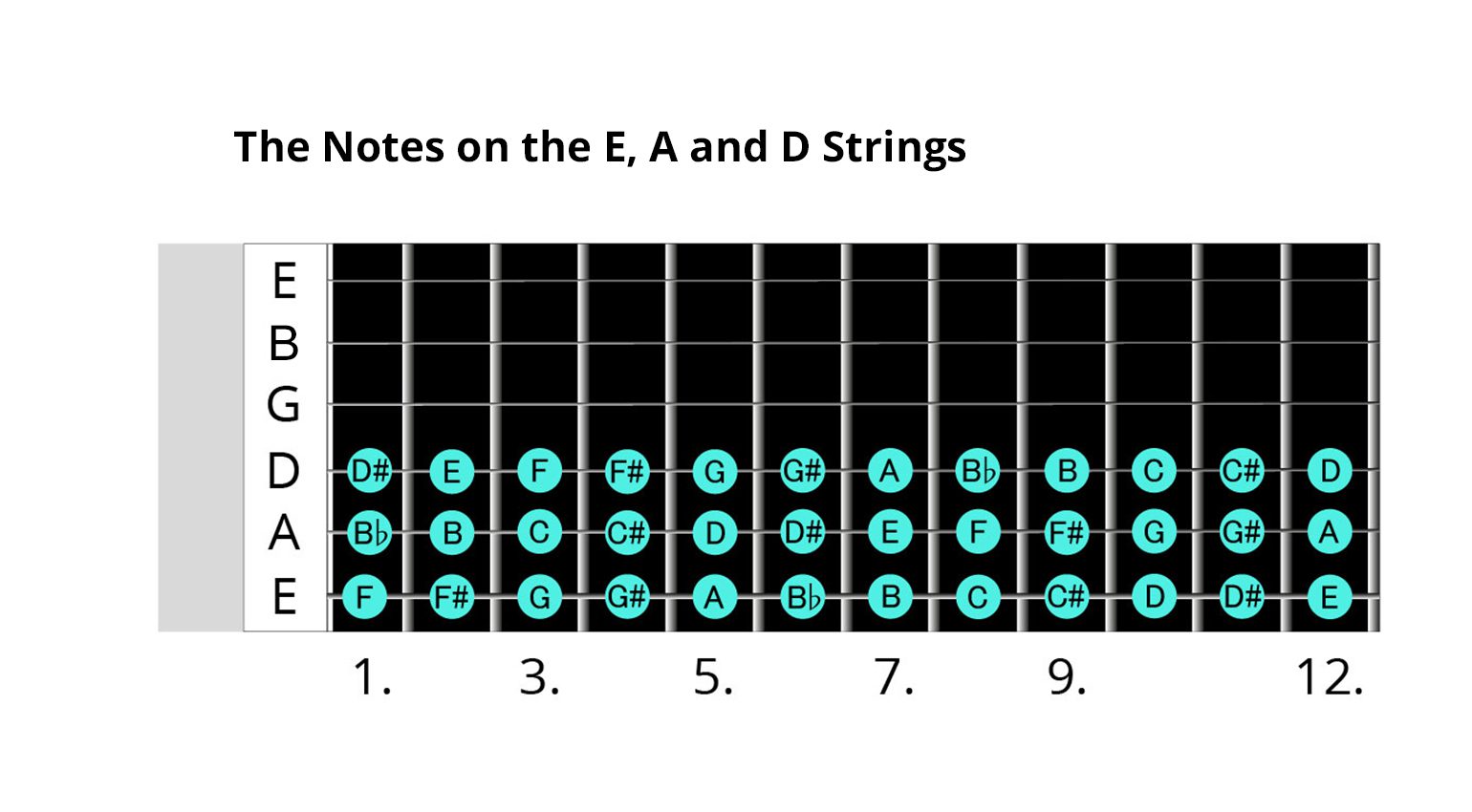
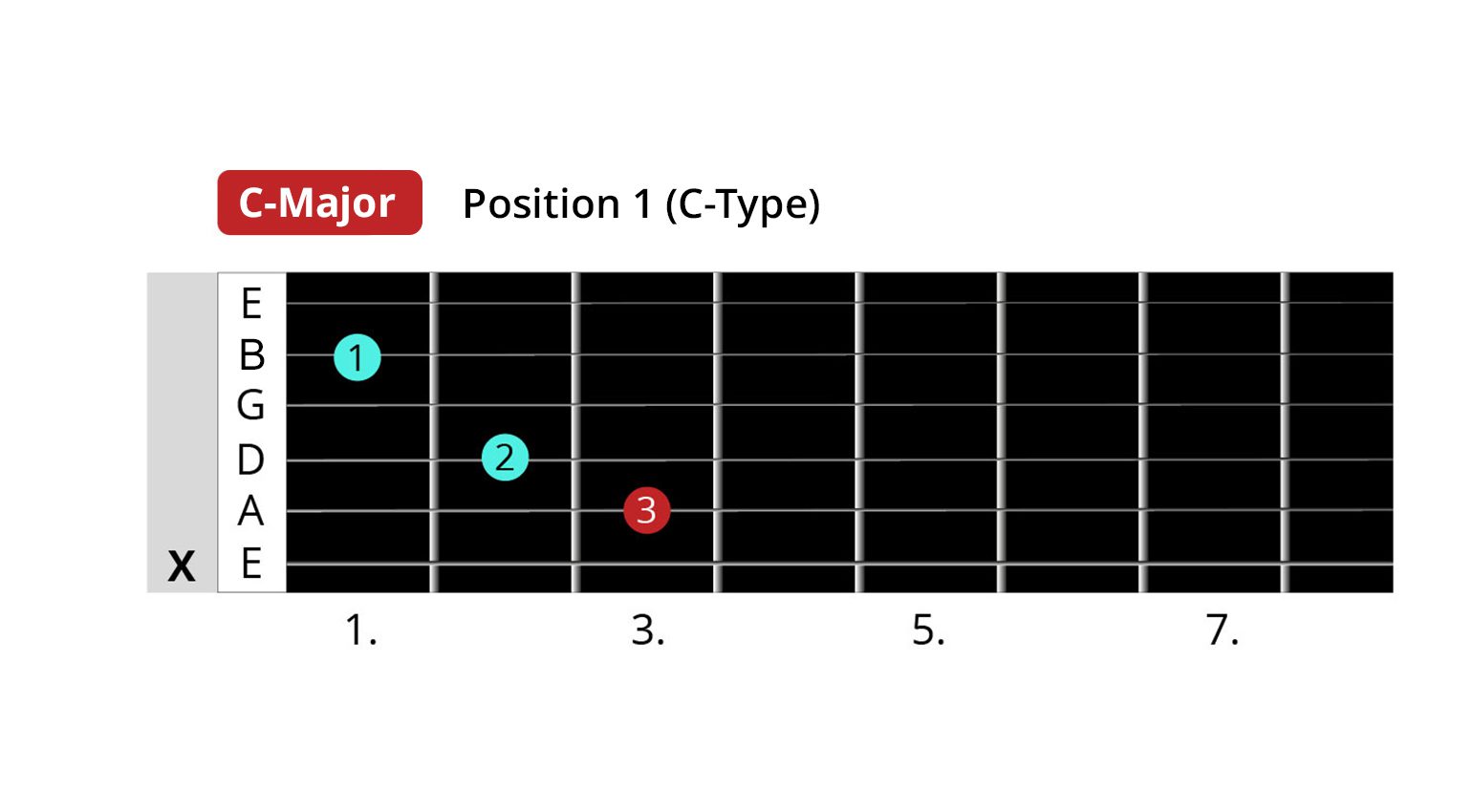
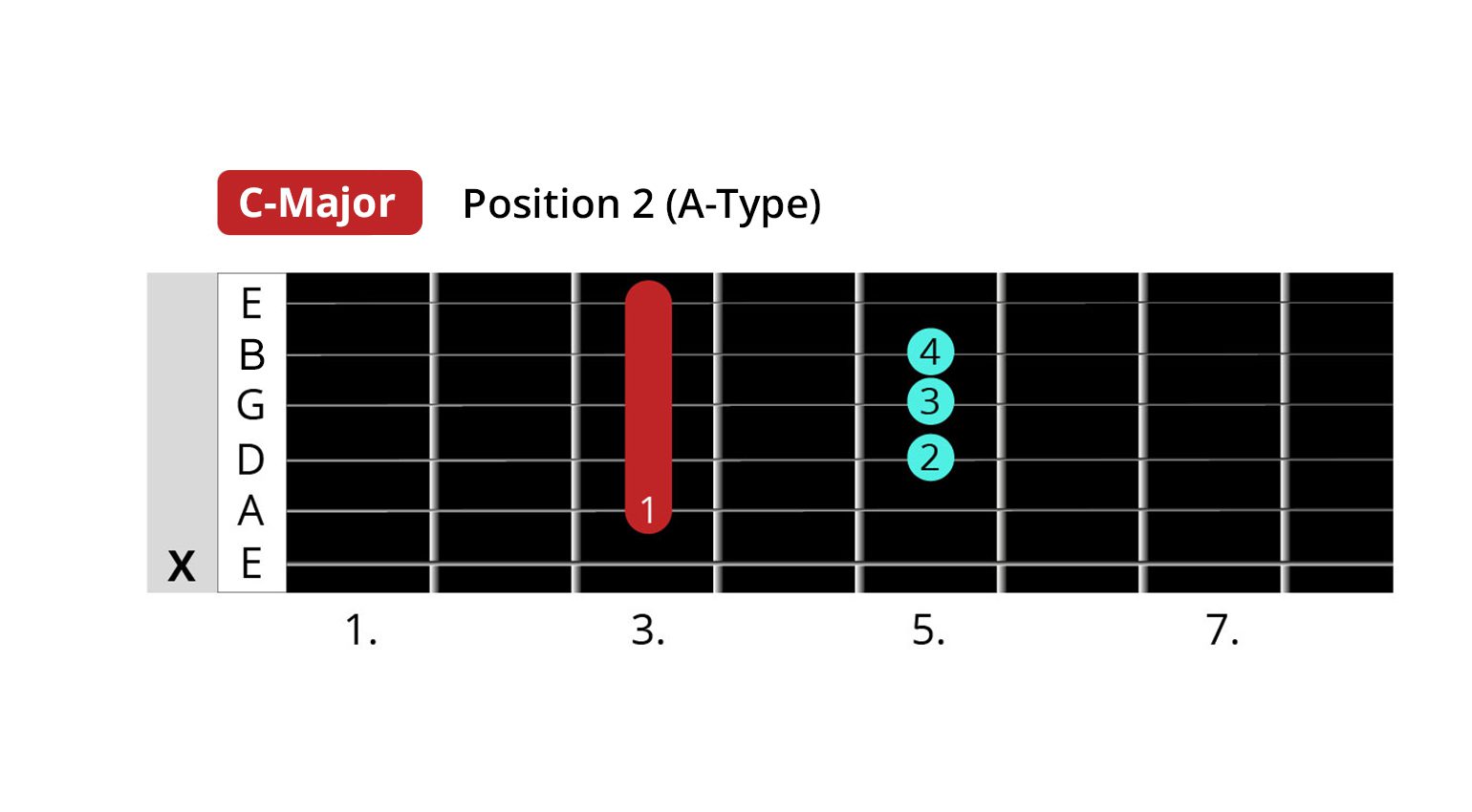
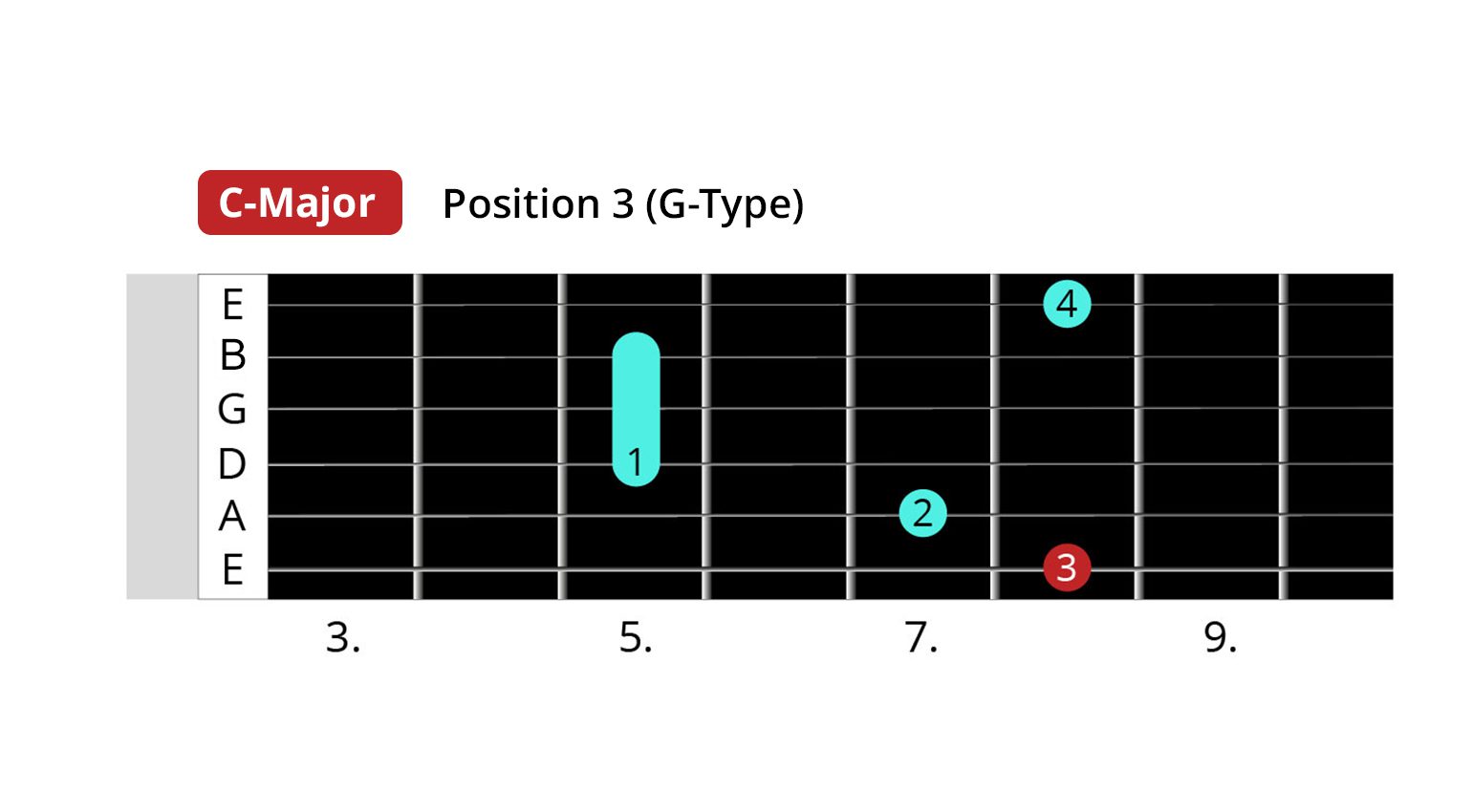
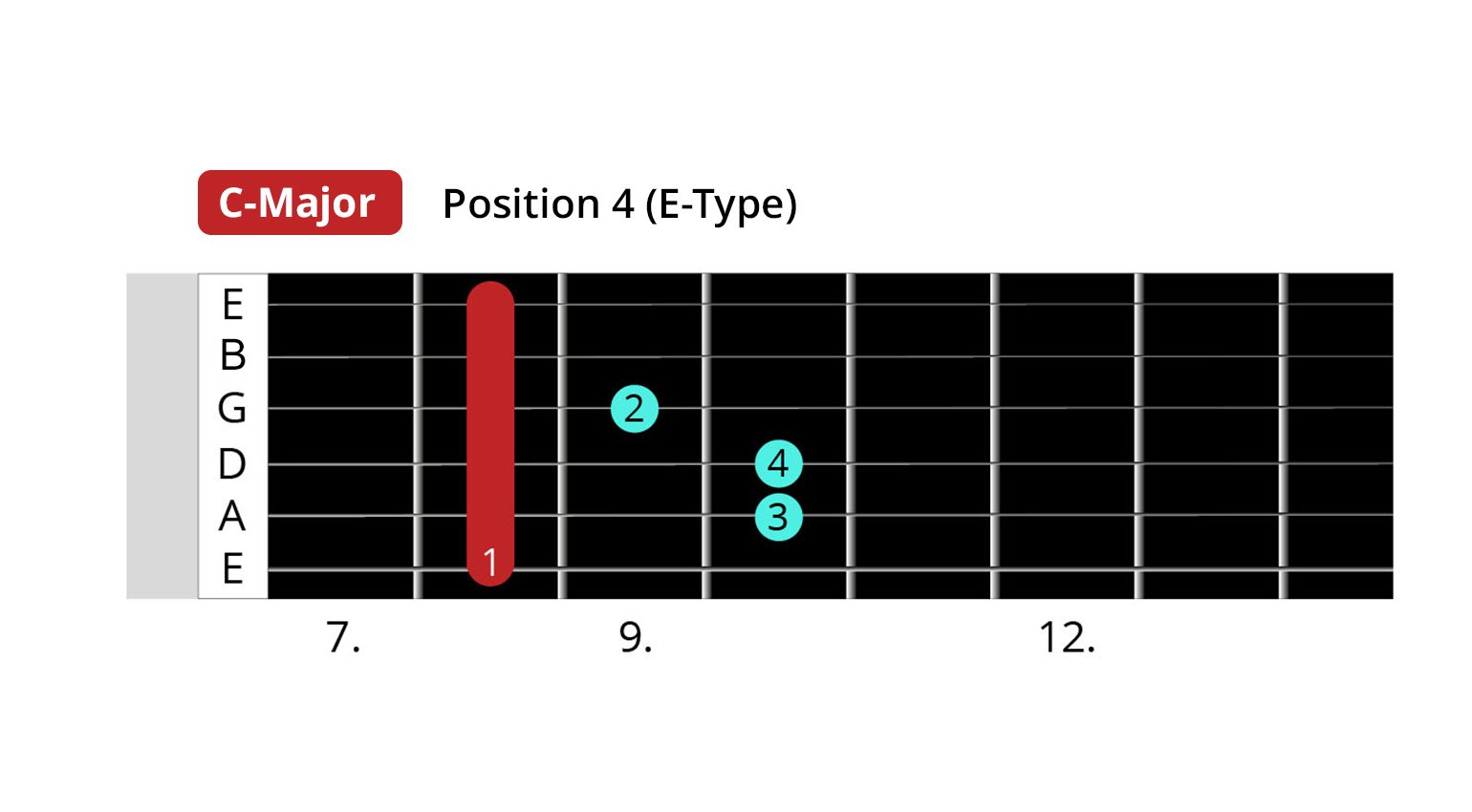
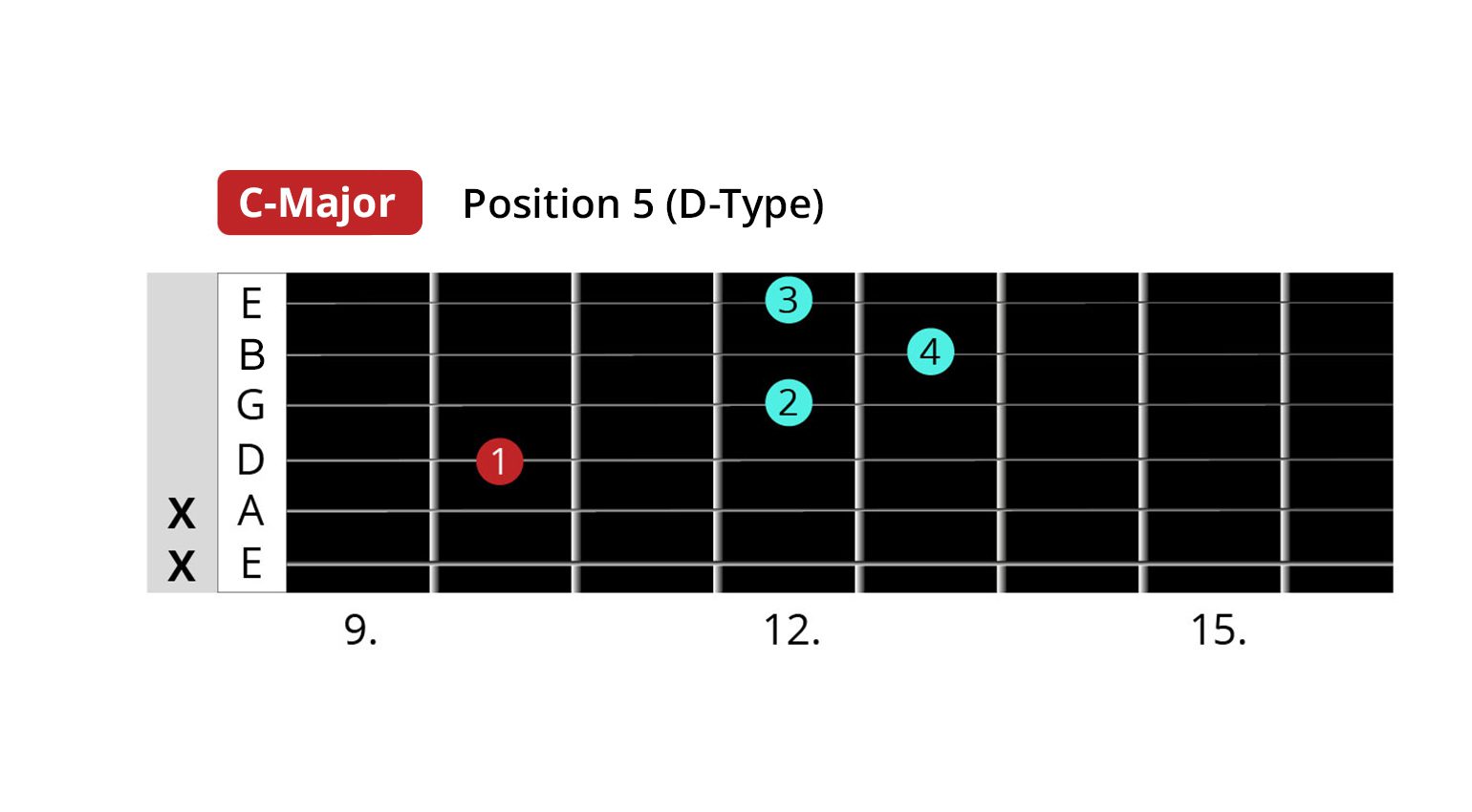
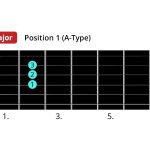
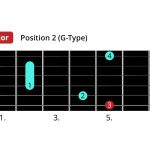
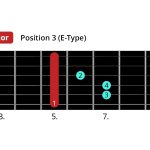
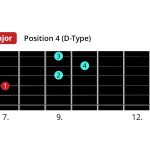
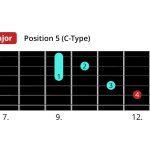
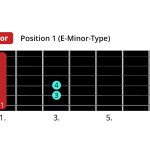
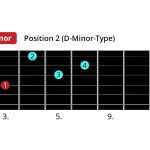
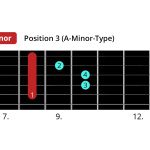
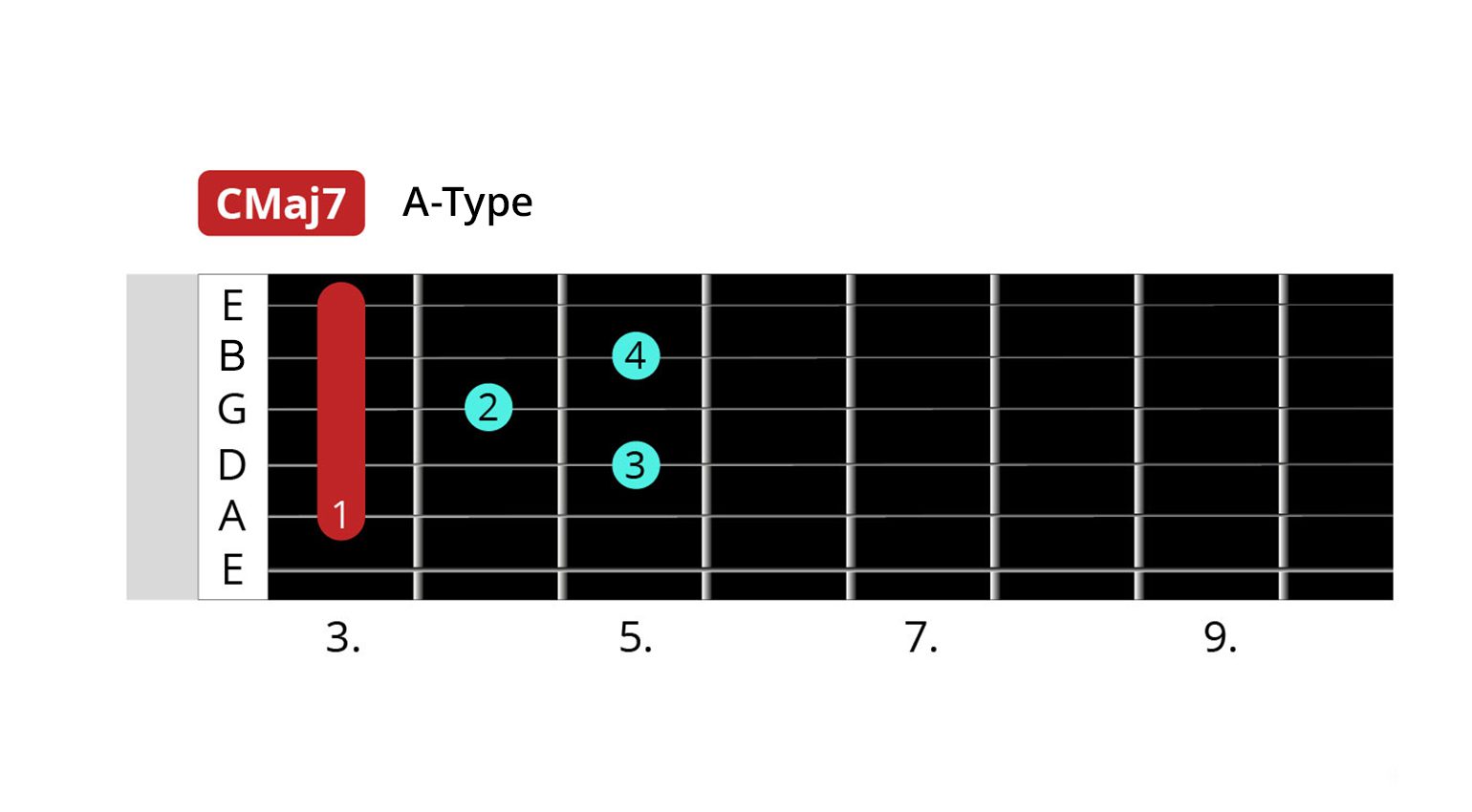
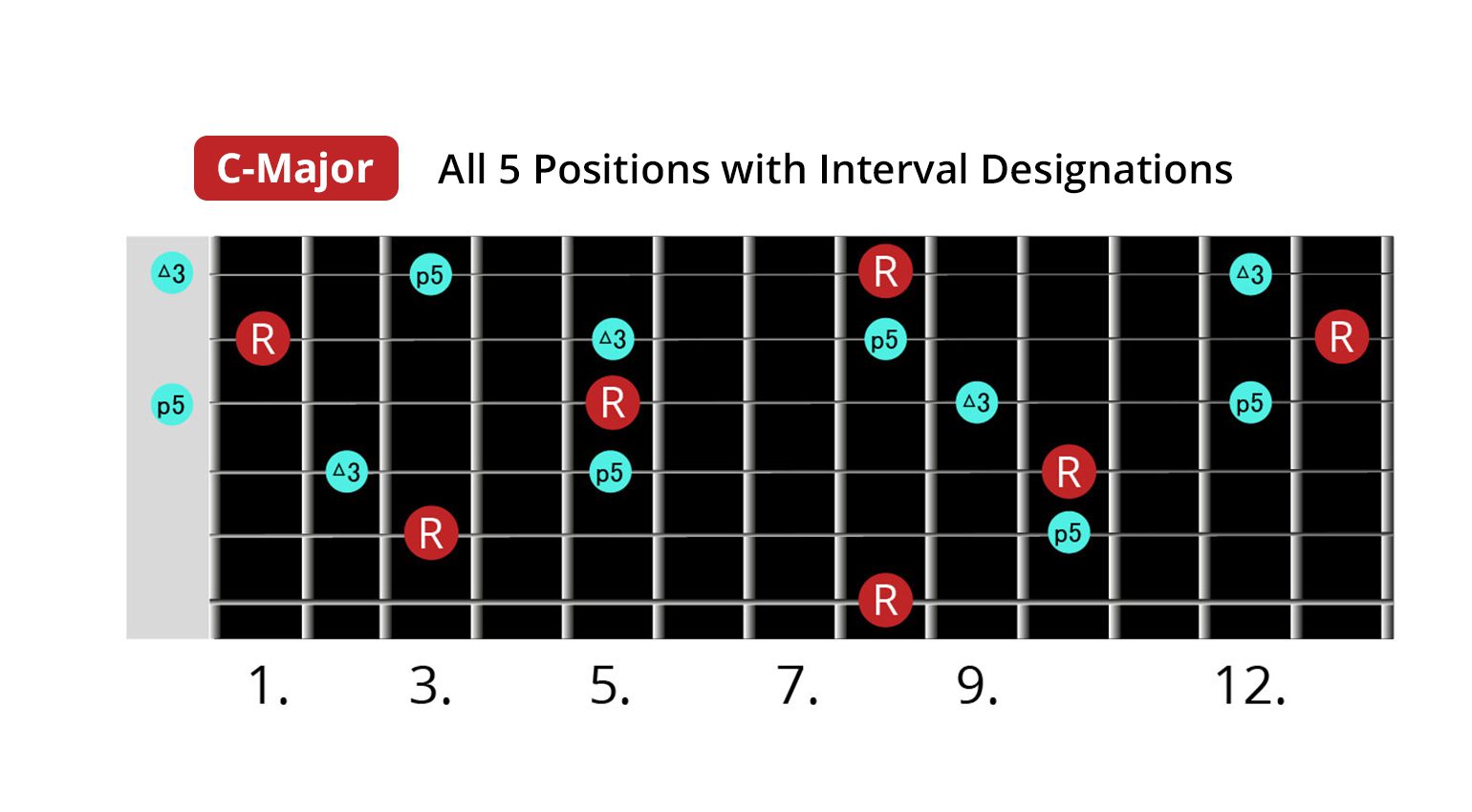
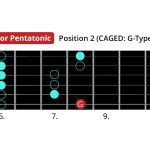
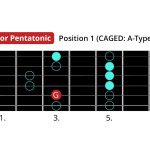
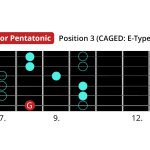
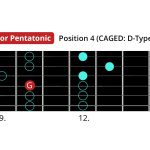
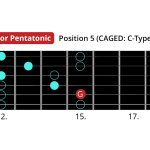



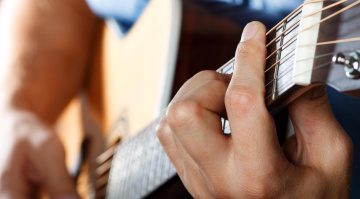
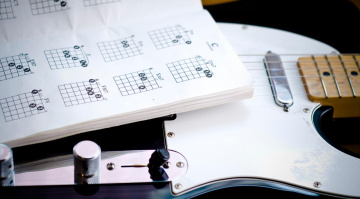
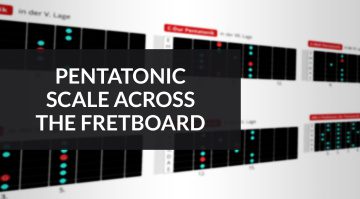

Many thanks, Harry. I really enjoyed the lesson.
interesting stuff thank you. I was just just trying a similar similar process with a melodic minor – obtaining playable shapes – albeit in my unorthodox simple way. I’ll be putting your pentatonic suggestions to their paces and see. Ciao!
Why does everyone show C in the caged position. Bc it the only one that make sense. Just once show me all the patterns for all the notes
because the C scale is the only one with no sharps or flats, so it is easiest to start with.